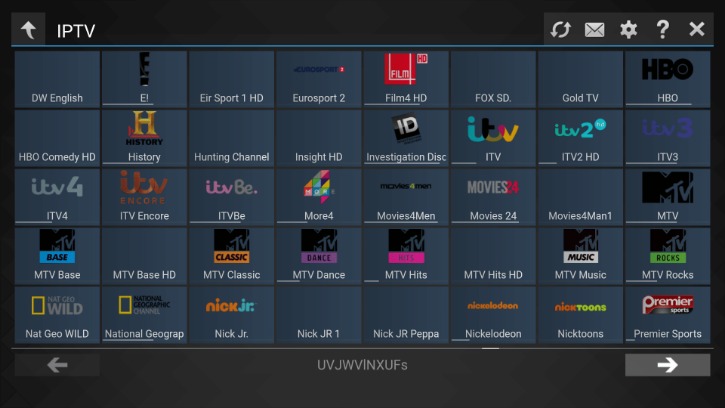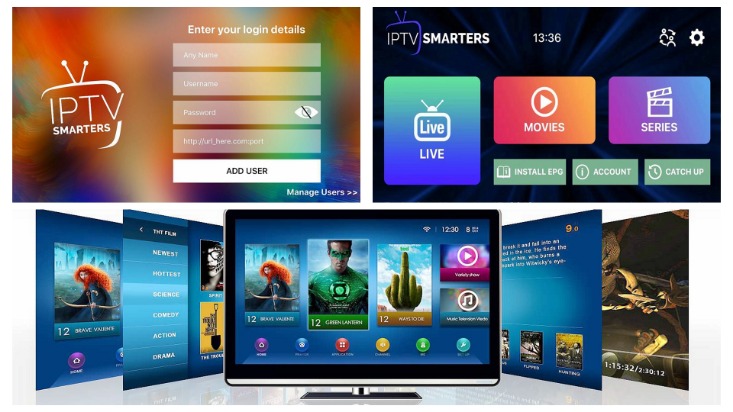Across the country, Canadians are rethinking how they watch television. As cable and satellite bills climb and viewing habits shift to on-demand, IPTV (Internet Protocol Television) has emerged as a flexible, feature-rich alternative. Whether you’re chasing international channels, craving a more affordable sports lineup, or streamlining your home entertainment setup, IPTV brings linear channels and on-demand libraries together in a single, internet-delivered platform.
What IPTV Means for Canadian Viewers
At its core, IPTV delivers live TV and on-demand content over broadband—no coaxial cables or satellite dishes required. That foundation unlocks features that traditional TV struggled to offer, such as time-shifted viewing, catch-up TV, cloud DVR, and cross-device access. For a Canadian household juggling different preferences—French-language content in Quebec, hockey in the Prairies, Bollywood movies in Toronto, and family-friendly channels nationwide—IPTV can feel like a custom-built solution that fits everyone’s schedule.
Why Switch to Digital TV via IPTV
While price is a major factor, the value of IPTV goes beyond a lower monthly bill. Consider these standout benefits:
- Broader channel choice across regions and languages, often with specialty and international networks.
- Flexible devices—watch on smart TVs, set-top boxes, tablets, phones, and laptops without extra rental fees.
- Catch-up and replay to never miss a key moment, from playoff goals to season finales.
- Cloud DVR and time-shifting features that fit modern schedules.
- Consistent HD and 4K quality with adaptive streaming to reduce buffering.
- Personalized profiles, parental controls, and curated recommendations.
- Portability—stream at the cottage, a friend’s place, or on the road, subject to service terms.
Subscription Models That Fit Your Life
Most services offer monthly, quarterly, and annual plans, with discounts for longer commitments. Some include add-on sports or international packages, while others bundle VOD libraries. Free trials or short-term passes can help you test buffering, channel stability, and device compatibility before committing. If you’re comparing providers that serve the Canadian market, explore options tailored to iptv canada to ensure local network availability, regional sports, and French-language content where needed.
How to Evaluate IPTV Providers
Finding the right service can feel overwhelming, but a clear checklist makes it straightforward:
- Content lineup: Confirm must-have channels, sports leagues, French and multilingual libraries, and kids’ content.
- Reliability: Look for high uptime, efficient content distribution networks (CDNs), and fast channel switching.
- Video quality: Check for 1080p and 4K where available, plus options for lower-bitrate streams on slower connections.
- Device support: Android TV, Fire TV, Apple TV, Samsung/LG smart TVs, and iOS/Android apps.
- EPG accuracy (electronic program guide): A clean, updated guide boosts the whole experience.
- Simultaneous streams: Ensure the plan covers all household devices without conflicts.
- Customer support: Responsive help via chat/email, clear documentation, and setup guides.
- Payment and policies: Transparent billing, reasonable refunds, and trial options.
Legal and Ethical Considerations
In Canada, as elsewhere, content rights and distribution are regulated. Choose providers that respect licensing, and review terms of service before subscribing. Following legitimate channels not only supports creators but also delivers more consistent quality and safer apps. When in doubt, ask the provider about their approach to content licensing and regional availability.
Setup Tips for a Buffer-Free Experience
The best subscription still needs a solid home network. A few tweaks can dramatically improve reliability and picture quality:
- Speed baseline: Aim for at least 25 Mbps per 4K stream (10 Mbps for 1080p), plus headroom for other devices.
- Use Ethernet wherever possible; it’s more stable than Wi‑Fi for set-top boxes and smart TVs.
- If on Wi‑Fi, use 5 GHz (or Wi‑Fi 6/6E) and place the router centrally, away from interference.
- Enable QoS (Quality of Service) on your router to prioritize streaming traffic.
- Keep apps and firmware updated to benefit from codec optimizations and bug fixes.
- Close background downloads on the same network during big live events.
Who Benefits Most from IPTV
Urban cord-cutters seeking lower costs, rural households with limited cable options, multilingual families, and sports fans who need flexible viewing all find strong value. Students and renters appreciate the portability and lack of long-term contracts, while families enjoy profiles, parental controls, and easy access to kids’ shows across devices.
Frequently Asked Questions
Will IPTV replace my cable or satellite setup entirely?
For many households, yes. IPTV can deliver live channels, VOD, sports, and specialty networks. If certain niche channels are critical, verify availability before canceling your legacy service.
How fast should my internet be?
Plan on 10–15 Mbps per HD stream and 25 Mbps or more per 4K stream, plus extra bandwidth for other devices. Wired connections are best for TVs and set-top boxes.
Can I watch on multiple devices at once?
Most subscriptions allow multiple simultaneous streams, but limits vary by plan. Check the terms, especially if your household streams in several rooms.
What if I experience buffering?
Use Ethernet, switch to 5 GHz Wi‑Fi, lower the stream quality temporarily, or reduce competing network traffic. If issues persist, contact support to test alternative servers or CDNs.
Is 4K worth it?
If you own a 4K TV and have enough bandwidth, 4K streams deliver sharper detail and richer color. For many, it’s a noticeable upgrade—especially for live sports and nature documentaries.
The Bottom Line
IPTV brings a modern, adaptable approach to television in Canada—combining live channels, on-demand libraries, and personalized features at competitive prices. With the right subscription, solid internet, and a bit of setup know-how, you’ll enjoy higher-quality streams, flexible viewing, and more control over what you watch and how you watch it.



